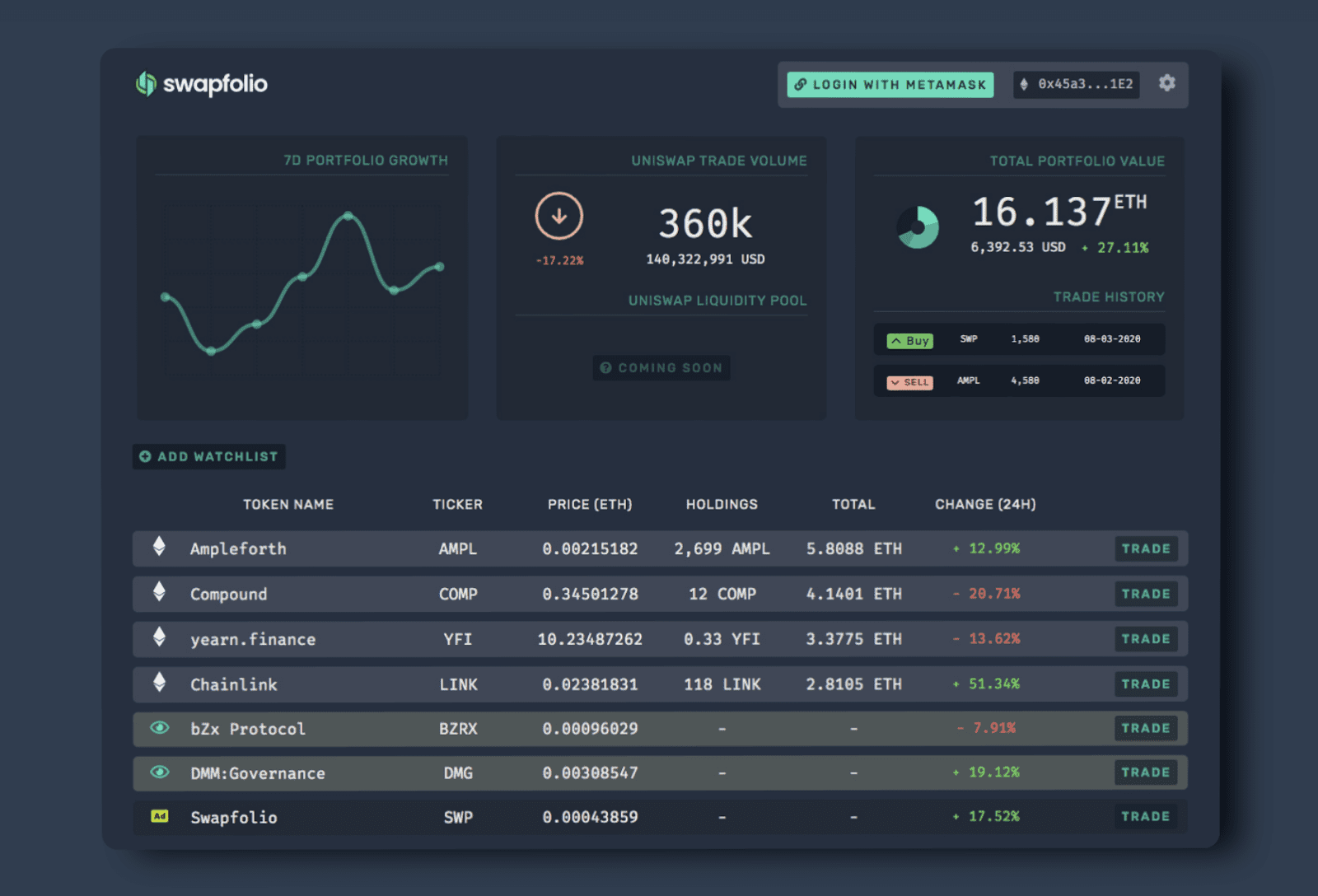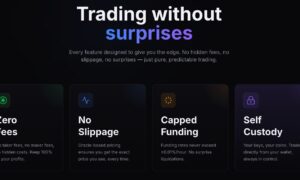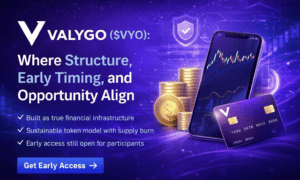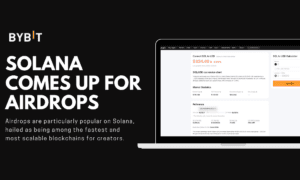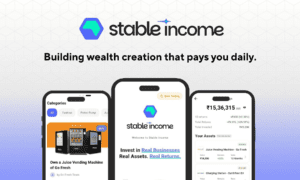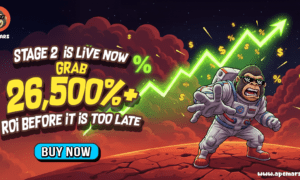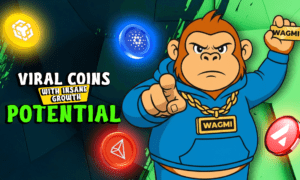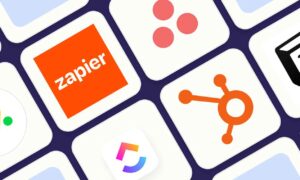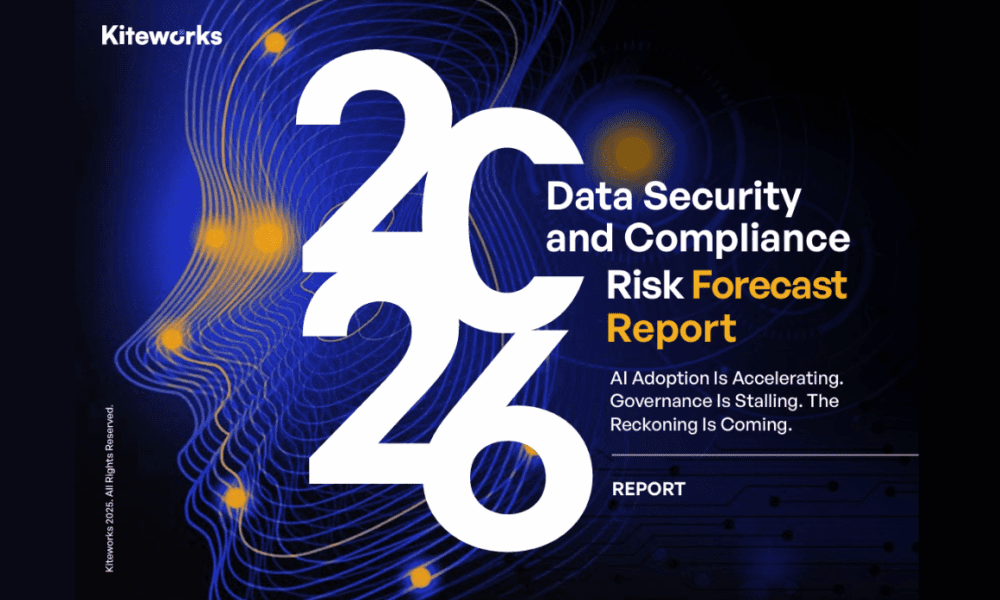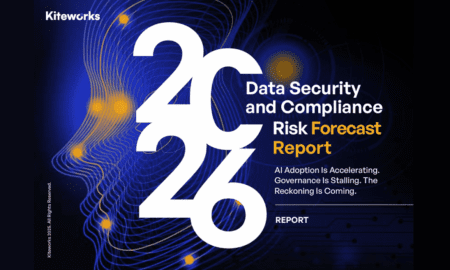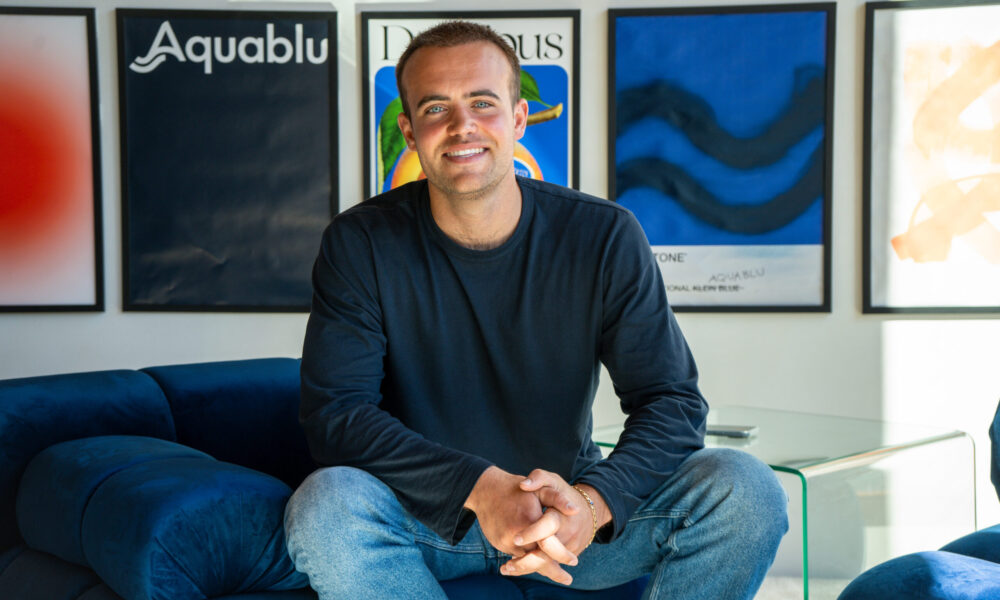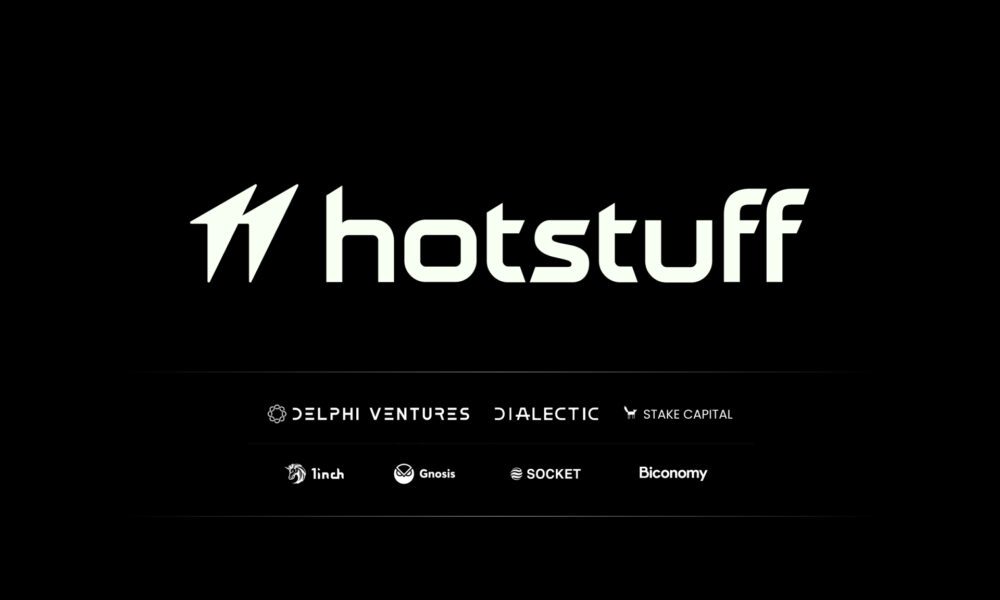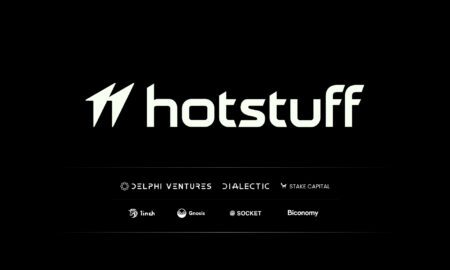“Move fast and break things as they said.”
This is the sentiment that Swapfolio team member Barry Chen expressed when he discusses the meteoric rise that DeFi, or decentralized finance, has experienced in a fast and revolutionary year for financial technology. There have been several standout projects that some are saying will change the way the entire decentralized ecosystem will function.
Perhaps you’ve heard about Uniswap, the Ethereum-based decentralized exchange that allows users to swap any two ERC20 tokens smoothly in user consolidated liquidity pools, or Polkadot, the open-source Web3 protocol. Not too far behind has been one of 2020’s standouts: Swapfolio. Developed as a trading and portfolio management platform for Uniswap, it recently released its highly-anticipated alpha launch with a slick UI and comprehensive backend.
The Swapfolio team learned from their experience working on BitShares that more is not always better.
Founded by a small but mighty team in South East Asia, Swapfolio came several years after some members of the project had previously contributed to one of the first and most prominent decentralized exchanges (DEX), BitShares. This experience educated them on how to design a great foundational trading terminal and eventually moved on to another Delegated Proof of Stake (DPoS) chain. “We know what works, and why [BitShares] is losing steam too,” Chen explained. “Hint: the Bitshares terminal was too complicated.” After working with the DEX, some of the Swapfolio team members noted significant holes in the user experience that could be huge turn offs for less experienced users.
Earlier this month, Swapfolio officially launched their alpha site – a heavily anticipated entrance in the DeFi movement that allows traders on the Uniswap platform to monitor balances, track trading activities, and get trading assistance all in one portfolio management tool. They’ve developed highly requested features such as portfolio history, charting tools, and limit orders, which are badly needed in the 24/7 dex market.
According to the project, there will be more financial tools launching that will be accessible to a spectrum of cryptocurrency users. These tools were developed in response to the gargantuan trading platform that Uniswap has grown into; in fact, Uniswap is now bigger than the entire DeFi industry was just two months ago. Swapfolio provides much-needed help for those looking to have a more comprehensive, straightforward, and analytical experience managing assets and trading within Uniswap.
The Swapfolio team learned early on that the platform should have a heavy emphasis on excellent user interface (UI), as it helps both crypto natives as well as those newer to the decentralized world. “The UI should not intimidate users of any level, while still allowing users to efficiently trade tokens. This is exactly what happened to DEX like BitShares, it was too complicated for casual users,” Chen said. With Uniswap, its incredible simplicity (most notably, the single “swap” button and two input fields) was a strength that allowed a variety of third-party developers, such as Swapfolio, to work off of.”
DEX’s have come a long way, but there’s still a ways to go.
DEX’s have come a long way since BitShares was released to the public in 2014. While DEX’s were created to avoid some of the massive pitfalls centralized exchanges (CEX’s) were facing, such as large-scale hacks, a lack of flexibility, and regulatory issues, they still ran into similar problems. DEX’s, which involve trading from wallet to wallet rather than using an intermediary such as Coinbase to facilitate trade, were supposed to be the solution to the myriad of structural issues that CEX’s couldn’t shake.
Unfortunately, DEX’s also ran into roadblocks that didn’t exactly make the trading process better. Users had to be more technologically educated to use DEX’s, liquidity was often spotty, and the platforms were still controlled by third parties for operations such as mining.
Ultimately, DEX’s were still centralized and confusing as ever for the general public. Over the past few years, new DEX’s have recently popped up, looking to create not only better user experiences, but to be a truly decentralized source of asset exchange. According to Chen, DEX’s and the DeFi movement still have a long way to go. With new platforms that facilitate mobile P2P trading and centralized services such as Robinhood, crypto newbies can become familiar with the decentralized trading world and fall in love with it.
As for the future of DeFi, Chen has an optimistic outlook on the industry as a whole. “More and more people will be able to try and experience decentralized mobile banking in the future. It will be easier than what we have now,” said Chen, “We think DeFi is here to stay.”

